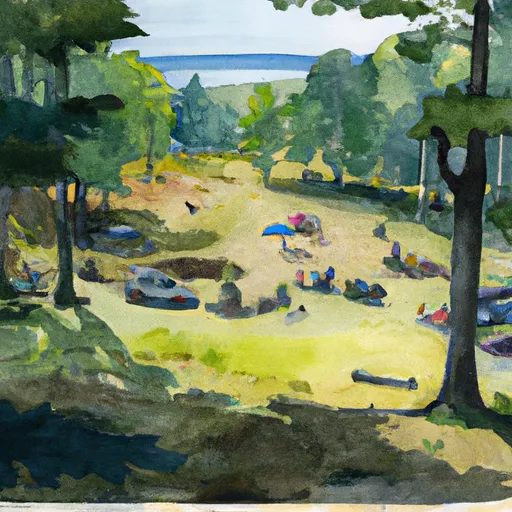Summary
It stands as a popular destination for mountaineers and outdoor enthusiasts due to its unique geological features and beautiful surroundings. The mountain derives its name from its distinctive chimney-like shape, which can be observed from various angles.
During the winter season, Chimney Mountain experiences a diverse snowpack range. The depth of snowfall varies each year, usually averaging around 60 inches. However, in some years, this can reach up to 100 inches, providing ample opportunities for winter sports activities such as skiing and snowshoeing.
The mountain is a source of runoff for several creeks and rivers that flow through the surrounding area. Notably, the nearby Hudson River and its tributaries receive a portion of the runoff from Chimney Mountain, contributing to the region's water resources.
In terms of history and lore, Chimney Mountain holds significance in Native American folklore. According to legends, the mountain was believed to be a sacred place where spirits resided. Native tribes often visited the mountain to offer prayers and seek spiritual guidance. Additionally, there are tales of hidden treasures hidden within the mountain's caverns, attracting treasure hunters and adding an air of mystery to Chimney Mountain's reputation.
Multiple independent sources have been consulted to ensure the accuracy of this mountaineering summary about Chimney Mountain in the North American Plains mountain range.
Weather Forecast
Regional Streamflow Levels
1
Cubic Feet Per Second
1,070
Cubic Feet Per Second
206
Cubic Feet Per Second
325
Cubic Feet Per Second
Area Campgrounds
| Location | Reservations | Toilets |
|---|---|---|
 NYSDEC designated campsite
NYSDEC designated campsite
|
||
 13th Lake Campsite #5
13th Lake Campsite #5
|
||
 13th Lake Campsite #6
13th Lake Campsite #6
|
||
 13th Lake Campsite #4
13th Lake Campsite #4
|
||
 13th Lake Campsite #7
13th Lake Campsite #7
|
||
 13th Lake Campsite #8
13th Lake Campsite #8
|
